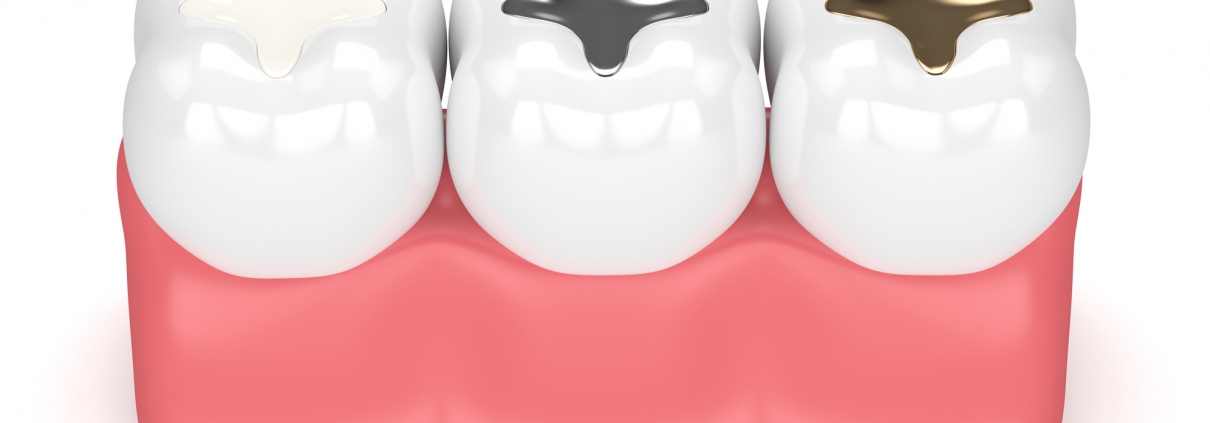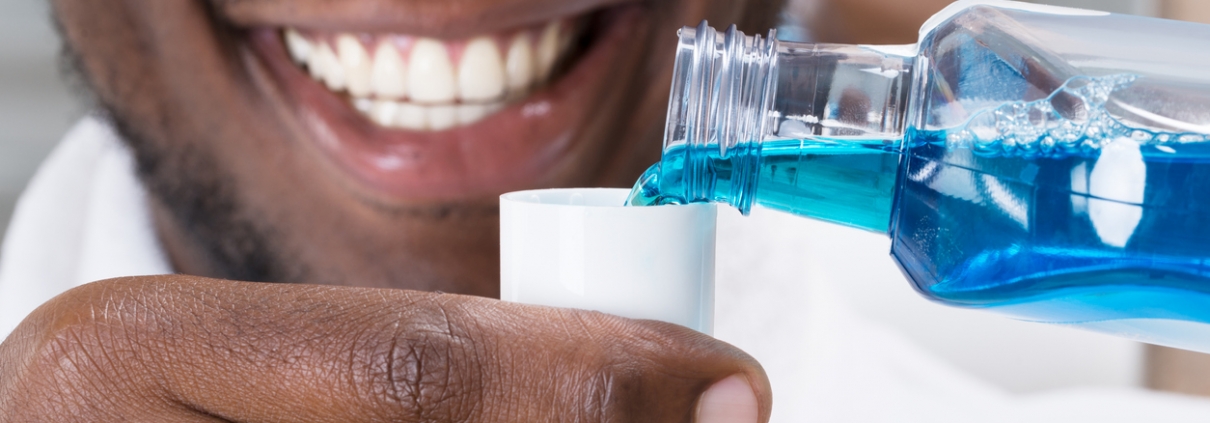None of us are strangers to jaw pain. It can come on suddenly with seemingly no cause, or develop slowly over time. Whatever the case may be for your situation, more than likely, it has something to do with your temporomandibular joints (TMJ). If you experience any jaw pain, report this change to your dentist as they will be able to diagnose the cause and formulate a treatment plan to alleviate you of your pain, and educate you on how you can prevent it from happening again.
Your TMJ are located on either side of your mouth and serve the purpose of connecting your mandible, commonly known as the lower jaw, to the skull. Although your TMJ are able to move freely so you can do daily tasks such as eating and speaking, overuse or trauma to the area can make your TMJ click and slide out of place, which in most cases can be painful and require medical attention.
Although the joint itself is abbreviated to TMJ, when your TMJ is diagnosed as having a problem, it becomes abbreviated to TMD, standing for temporomandibular disorder.
Causes of TMD
Trauma: As mentioned above, trauma is one of the main causes of TMD and can vary in severity from slight clicking and popping to painful sliding and constant dislocation.
Bruxism: Also known as teeth grinding, putting pressure on your TMJ can cause jaw pain.
Arthritis: Diseases and conditions which cause joint pain can aggravate your TMJ, even if no trauma has occurred.
Nerve Damage: Should the nerves by the TMJ become damaged, the pain will manifest itself in the jaw.
Improperly Fitted Dental Devices: Devices such as dentures, retainers, and braces, when installed incorrectly, can cause jaw pain.
Symptoms of TMD
Besides the obvious one being jaw pain, those who suffer from TMD have reported the following symptoms that coincide with their jaw pain, including:
- Headaches ranging from mild up to severe migraines
- Limited movement in the lower jaw including jaw locking, sliding, and popping.
- Difficulty performing tasks such as talking and eating food.
Contact your local dentist in the event that you experience any of the symptoms accompanying your jaw pain.
Treatment of TMD
As there are several causes to TMD, there are many treatment options to correct the condition. In order to reach the correct diagnosis, your dentist may order x rays, blood tests, and MRI’s to get an accurate read. Once a solid diagnosis has been made, the treatment plan can be created and put into action.
Depending on the severity and nature of the TMD, treatment may be as simple as going through a dose of antibiotics, but there are other courses of treatment as well including, mouth guards, steroid injections, pain relievers, anti-inflammatories, and even surgery in the most severe cases.
If you suspect that you have TMD, please contact us to schedule your free consultation by calling 805-486-6327, or by visiting our website at https://www.oxnardgentledentistry.com/contact/









